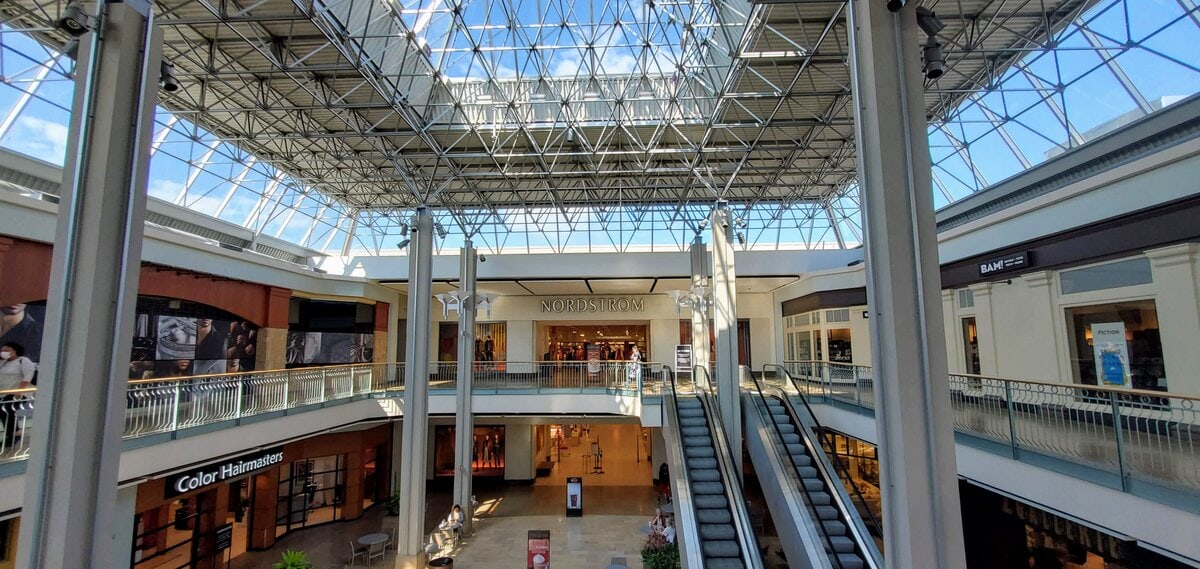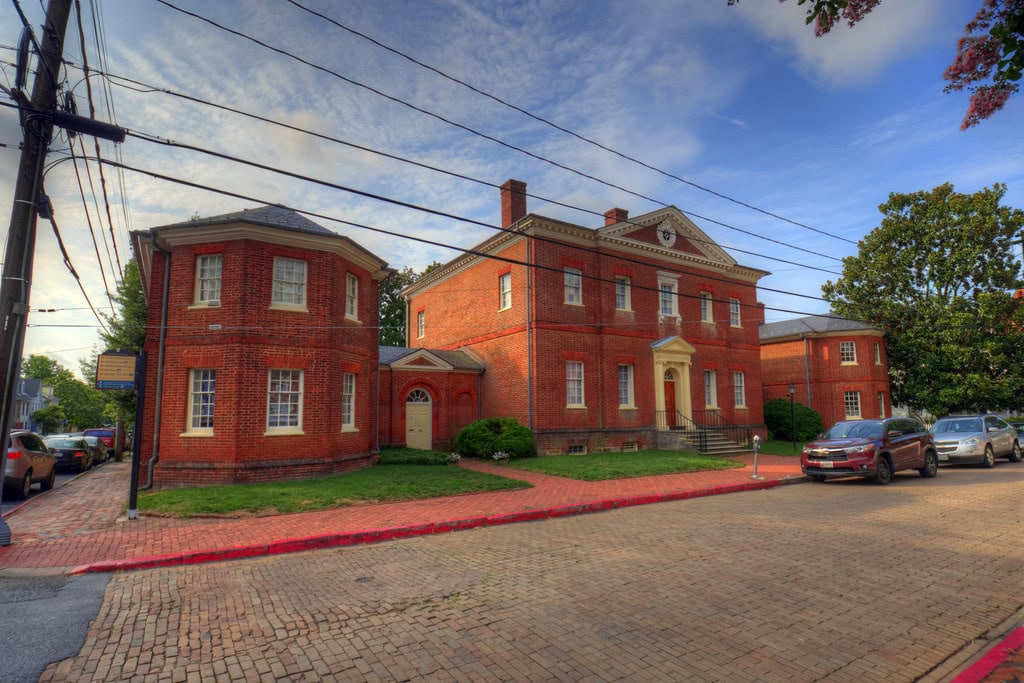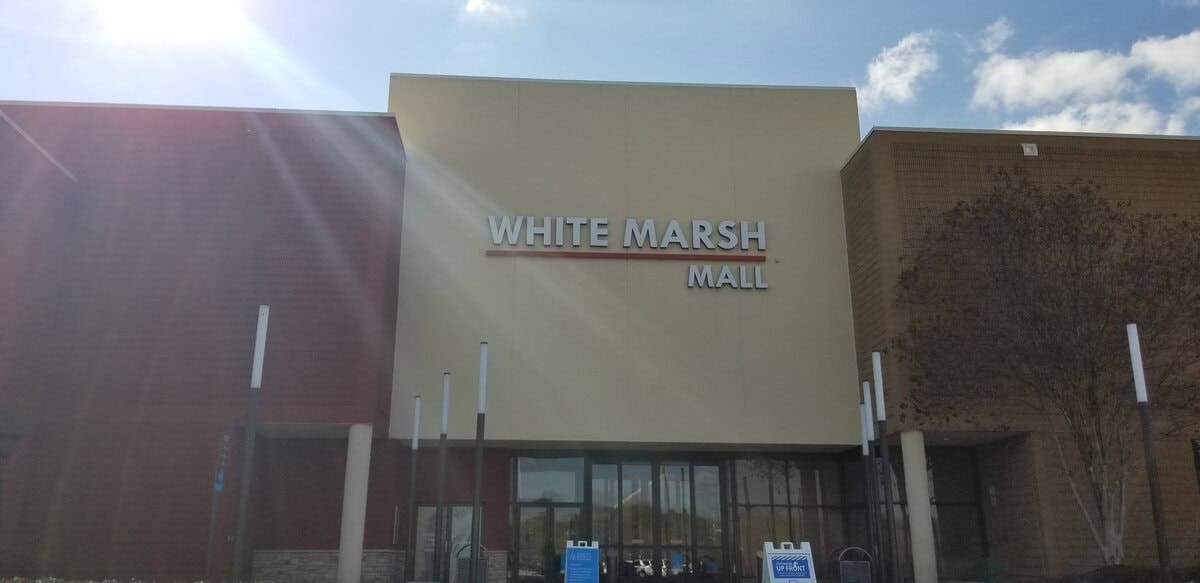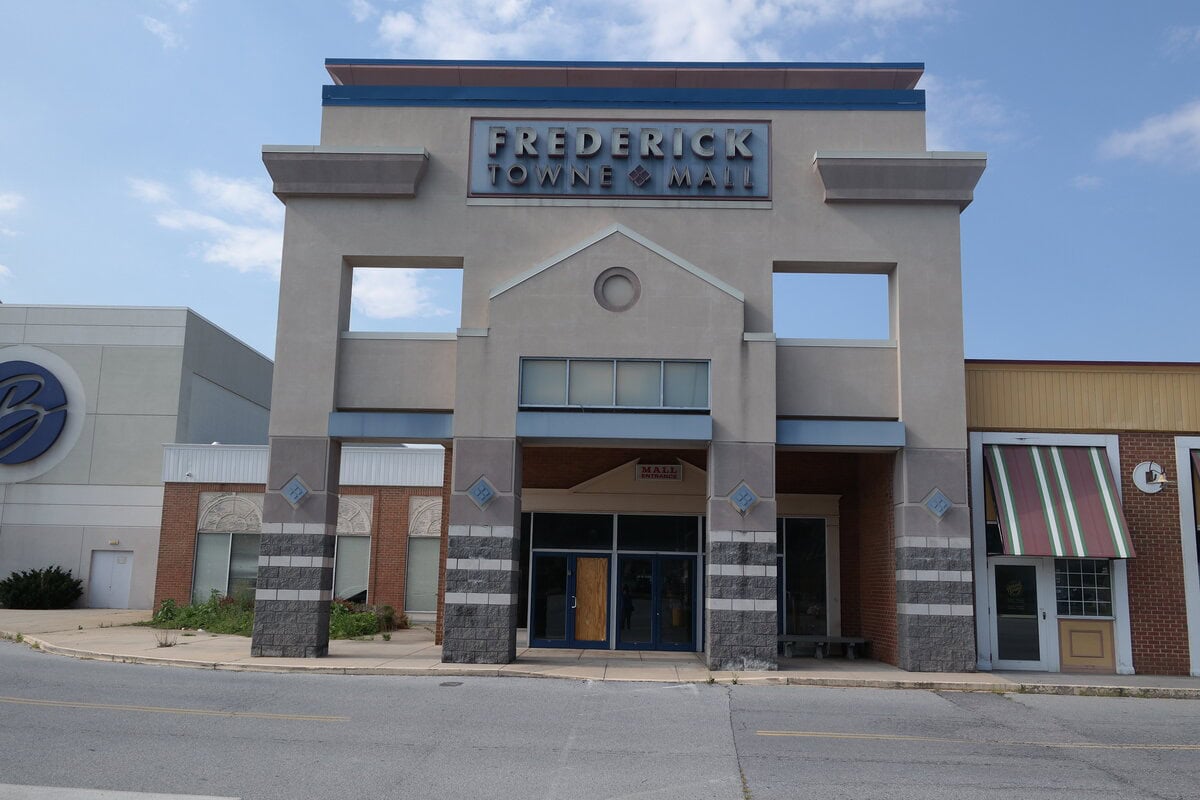Where the Animals Came First
Before social media, before box stores, before Salisbury had a population above 15,000, there was a zoo. Small, quiet, and tucked inside the city park like a kept promise.
The year was 1954, and what began with a few cages and cast-off animals turned into something the town could call its own. No entry fee then, none now. That part hasn't changed.
Turtles, skunks, raccoons, those were some of the first residents. There were no ticket lines and no merchandise kiosks: just wire enclosures, bare ground, and local kids pressing their noses to the fence.
For people looking for things to do in Salisbury, Maryland, the zoo has been on that list for decades, sometimes at the top, sometimes not, but always there.
The story starts earlier than you'd think.
From Cages in the Park to a Public Trust
In 1954, a handful of unwanted wild animals arrived in Salisbury's city park.
Local workers built makeshift enclosures. The animals, mostly native species, were placed on display.
That marked the beginning of what would become the Salisbury Zoo.
By the 1960s, the collection had grown, but the facilities lagged behind.
The effort was still informal, community-driven, with city staff piecing together what they could.
In 1967, the city formalized oversight by creating the Salisbury Zoo Commission.
This nine-member group, appointed by the mayor and confirmed by the city council, gave the zoo its first organized leadership.
Change accelerated in 1970 when Salisbury Zoo hired its first professional director.
By then, the animal population had expanded enough to demand real infrastructure.
The early 1970s saw the first attempts to replace wire-and-plywood pens with enclosures that looked more like habitats and less like holding tanks.
The priority, at least on paper, was animal welfare, though budget and staffing issues made progress slow.
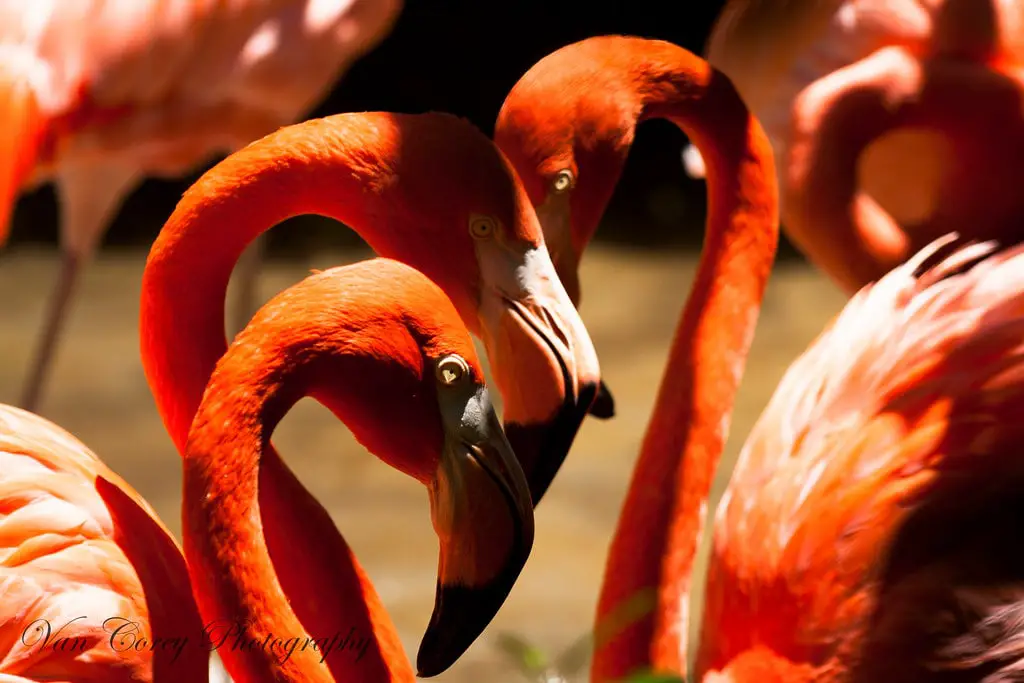
Building Credibility Through Conservation
The 1970s gave Salisbury Zoo its first real footprint.
New enclosures replaced improvised cages, and animal care routines became more structured.
But public trust didn't come from infrastructure alone.
It came through the animals, especially the spectacled bears.
In 1974, a bear named Poopsie arrived from the Baltimore Zoo.
She was just seven months old.
Over the next four decades, she became the zoo's longest-living resident and, eventually, one of the oldest captive-bred spectacled bears in the world.
She outlived both of her litters, born in 1980 and 1981, and reached 37 before she was euthanized in 2011 due to age-related conditions.
By the early 1990s, the zoo's attention had widened.
Education became more than a mission statement. In 1994, the Eastern Shore Builders Association funded a new Education Center.
That addition formalized programming that had long existed in pieces, classroom tours, animal talks, and seasonal events.
In 2007, the zoo joined the Red Wolf Species Survival Plan. It wasn't just symbolic.
The arrival of red wolves aligned with national recovery efforts for the species, especially given how few remained in the wild.
That decision marked a pivot point for Salisbury Zoo: a move toward managed conservation partnerships rather than isolated animal displays.
Accreditation Hits and Misses
In 2020, the Salisbury Zoo lost its accreditation with the Association of Zoos and Aquariums. It wasn't abrupt.
According to public statements and media reporting, the reasons were structural and operational: worn-down facilities, postponed maintenance, and the absence of a full-time veterinarian.
The accreditation loss didn't close Salisbury Zoo, but it cut it off from breeding programs and grants tied to AZA status.
By 2024, the zoo began planning major upgrades.
Public meetings and site updates pointed to a full overhaul; $6 million was budgeted for a new Andean bear habitat, with construction tied to future accreditation review dates.
Alongside that, the ocelot and monkey exhibits were flagged for modernization.
They didn't meet current AZA standards. Some of the planned upgrades were simple, ventilation and layout fixes.
Others, like expanding viewing areas and back-of-house access for veterinary staff, were more involved.
There was no PR push to spin the situation. Officials acknowledged the gaps. Fundraising followed.
By early 2025, building improvements had started, with design firms contracted and construction timelines released publicly.
Accreditation wasn't guaranteed. However, the city and zoo commission made clear that regaining it would stay on the agenda through at least 2026.
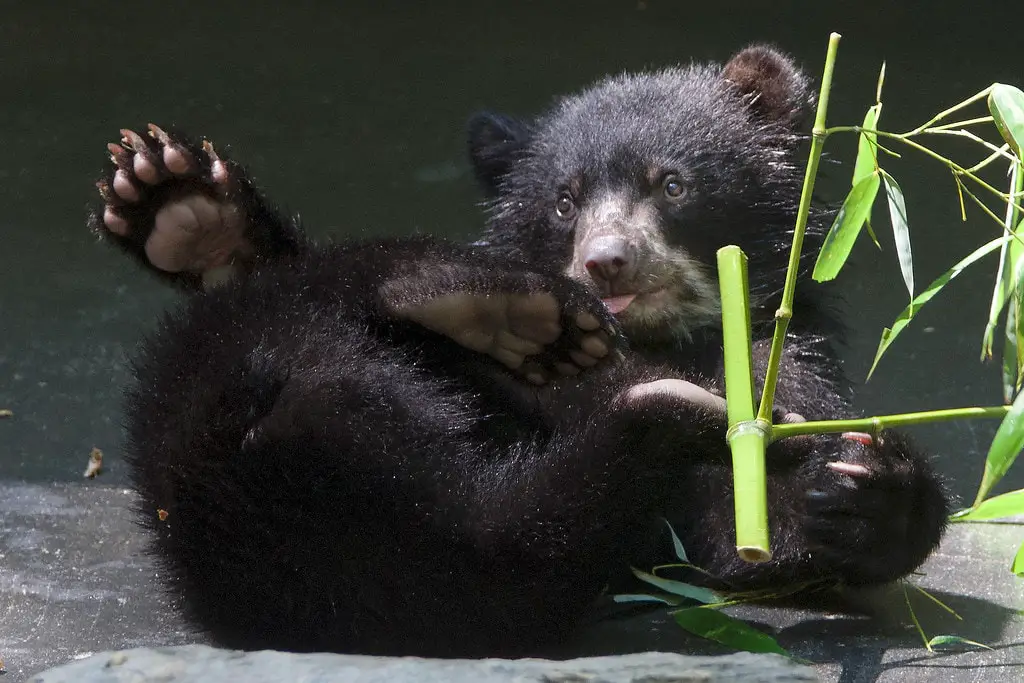
The 70-Year Milestone and Public Pitch
On June 8, 2024, Salisbury Zoo marked its 70th anniversary with a gala, part fundraiser, part ribbon-cutting.
The featured project was the George J. Mengason Eagle Exhibit, a redesign for the zoo's bald eagle pair that moved them into an open-air enclosure with elevated perches and a cleared sightline for visitors.
The name came from a longtime supporter whose contributions made the timeline possible.
The gala also served as the launch pad for "Zoovolution," a campaign built to attract new donations for infrastructure upgrades.
Materials at the event listed the upcoming priorities: the coati habitat, a bear exhibit overhaul, and, eventually, expanded space for the Education Center.
Between ticket sales, auction items, and pledged gifts, the zoo secured early momentum.
Beyond the gala, Salisbury Zoo leaned on its regular calendar.
Earth Day in April 2025 drew vendors and families across the city park footprint, with a sensory hour added from 10 to 11 a.m.
That kind of programming, structured but low-cost, fits the tone of the year.
Salisbury Zoo wasn't promising reinvention. It was pitching repair with a map, a plan, and a timeline people could actually see.
Inventory on the Ground: Who Lives at Salisbury Zoo Now
Salisbury Zoo's layout favors walkability, but it's the animal roster that holds interest.
Most are native to the Americas, North, Central, and South, by long-standing curatorial choice.
You won't see giraffes or elephants here. Instead, there are red wolves, cotton-top tamarins, and ocelots.
Some species have lived on site for decades in one lineage or another.
Others arrived more recently as part of exchange or recovery plans.
The Andean bears get the attention. Chaska, a female born in the early 2010s, produced cubs in both 2020 and 2022.
Her mate, Pinocchio, came from Ecuador.
Their offspring, Alba, Sinchi, Inti, and Raymi, represent active lineage management, even though Salisbury is currently excluded from new AZA breeding plans due to its status.
In the aviary sections, sun conures, burrowing owls, and broad-winged hawks hold space.
Several are rescues from wildlife rehab centers, and they are no longer fit for release.
A few, like the American kestrel, play dual roles, visible in enclosures and handled during outreach sessions.
Among reptiles, the eastern box turtle and California tiger salamander remain on display.
A ball python rounds out the collection.
These animals aren't attention-grabbers but fill in the narrative, local species, slow-moving and accessible, easy for staff to use during school visits without high overhead or stress.
The goal is coverage, not flash.

🍀

